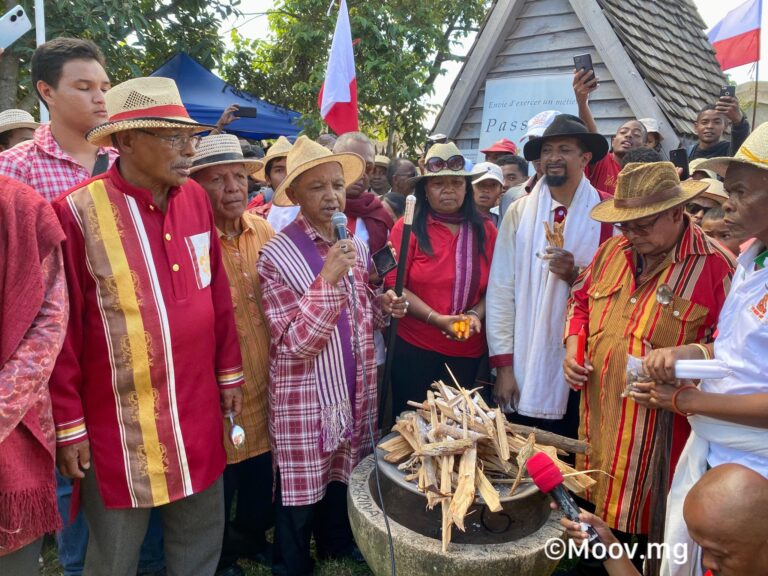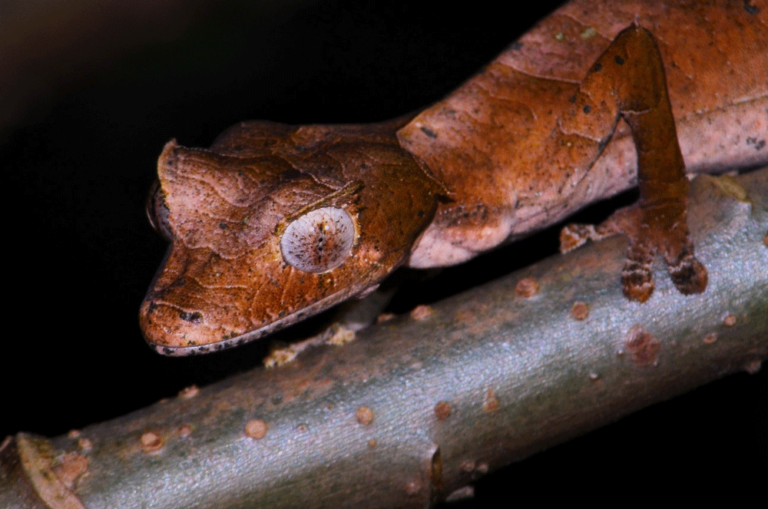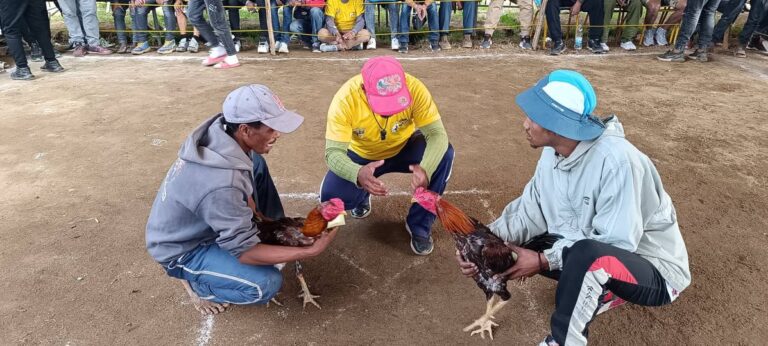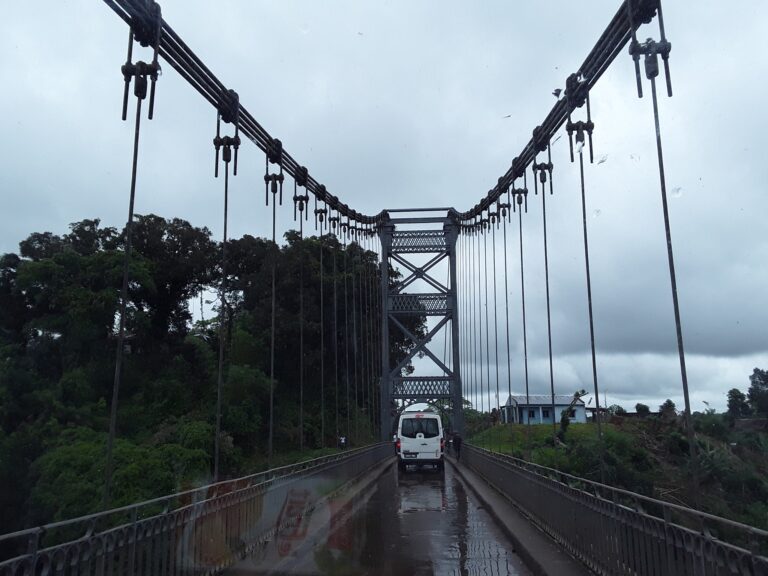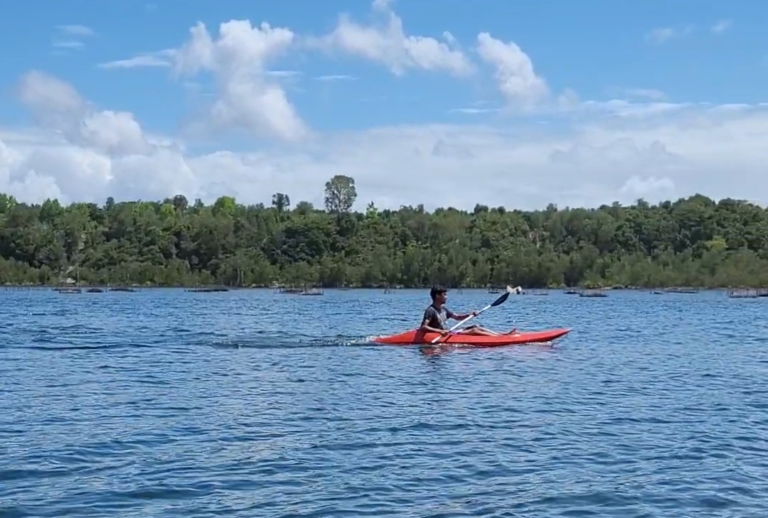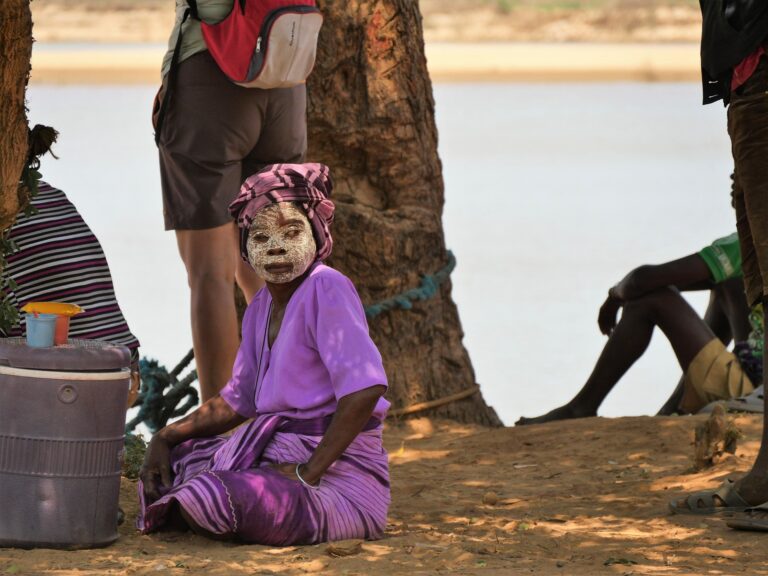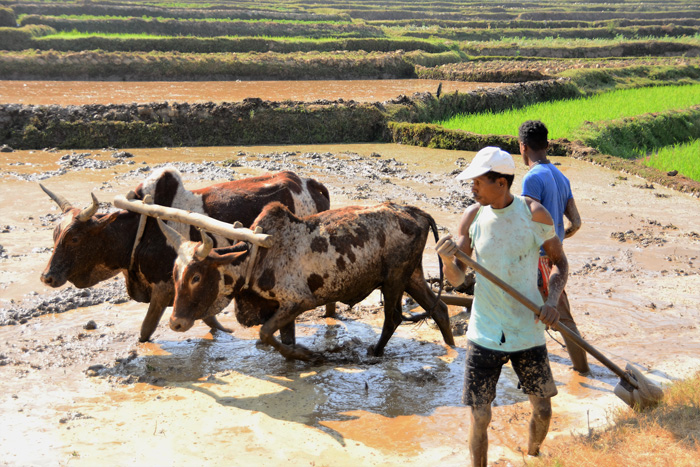The Artisan Circuit in Madagascar
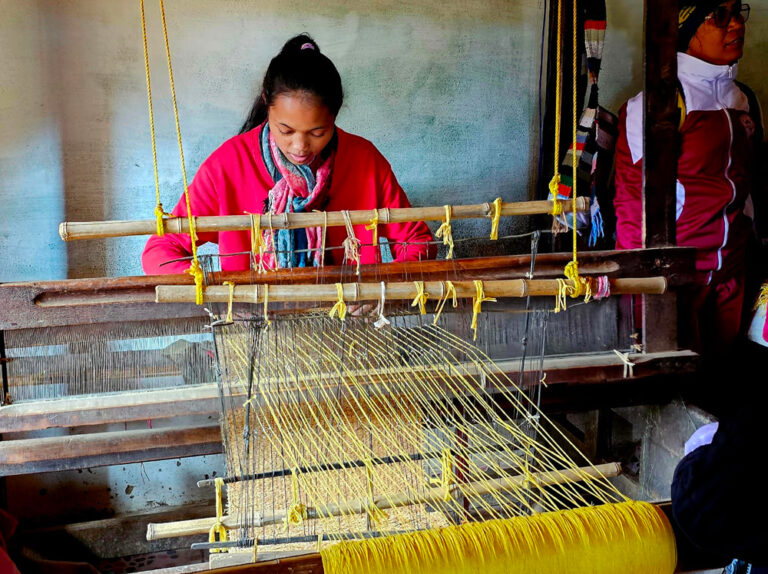
In Madagascar, the artisan circuit—also commonly known as the "Craft Route"—is a tourist trail that allows visitors to discover local know-how through workshop visits and direct encounters with artisans. This type of tour highlights Malagasy cultural heritage and promotes more responsible and supportive tourism. It’s also a more tangible way to support the local economy outside of popular tourist zones.

